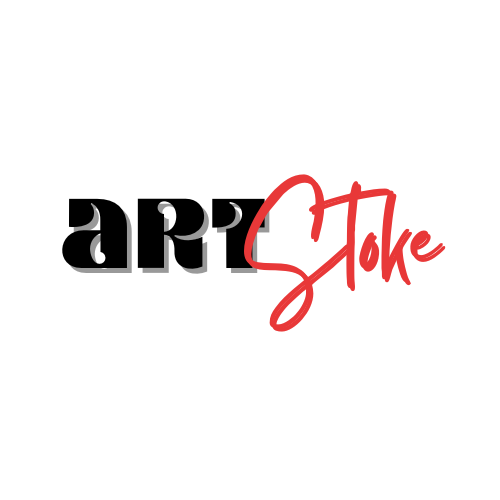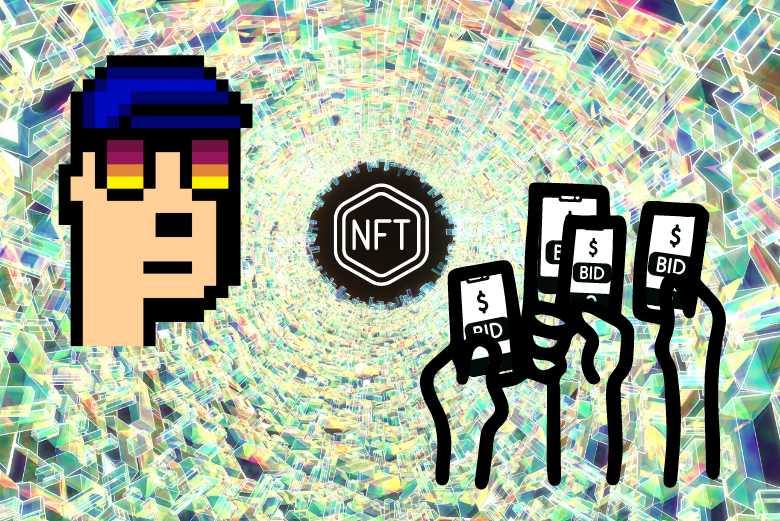Coins and tokens are both terms used in the cryptocurrency and blockchain space, but they refer to different types of digital assets with distinct technical characteristics.
Coins
Coins are native digital currencies that operate on their own independent blockchains. They are the primary currency of a blockchain platform and are used as a medium of exchange within that specific ecosystem. Examples of coins include Bitcoin (BTC), Ethereum (ETH), and Litecoin (LTC).
Key characteristics of coins:
- Independence: Coins have their own dedicated blockchains and operate independently of other blockchains.
- Transaction Medium: Coins are primarily used as a means of value transfer within their respective blockchain networks.
- Native Currency: Coins are the native currency of the blockchain platform on which they operate.
Tokens
Tokens are digital assets that exist on existing blockchain platforms. They are created using smart contracts and are based on blockchain protocols that support the creation and management of tokens.
Key characteristics of tokens:
- Built on Existing Blockchains: Tokens are built on existing blockchain platforms like Ethereum, Binance Smart Chain, and others.
- Smart Contracts: Tokens are created using smart contracts, which are self-executing contracts with the terms of the agreement directly written into code.
- Representation of Assets: Tokens can represent a variety of assets, such as digital goods, ownership rights, voting power, access privileges, or other utilities.
- Customizability: Token standards (e.g., ERC-20, ERC-721, BEP-20) define the rules and functionalities of tokens, allowing developers to create tokens with specific features and behaviors.
To further clarify, let’s use examples:
- Bitcoin (BTC) is a coin because it operates on its own blockchain and serves as a digital currency.
- Ethereum (ETH) is a coin because it’s the native currency of the Ethereum blockchain.
- Tether (USDT) is a token because it’s built on various blockchains (such as Ethereum, Binance Smart Chain) and represents a stablecoin pegged to a real-world currency.
- CryptoKitties (a virtual collectible) is an NFT token (ERC-721) because it’s built on the Ethereum blockchain and represents a unique digital collectible.
In summary, coins are native currencies of their respective blockchains, while tokens are digital assets built on existing blockchains using smart contracts and can represent a wide range of assets and utilities.




